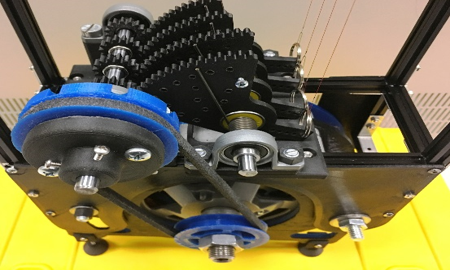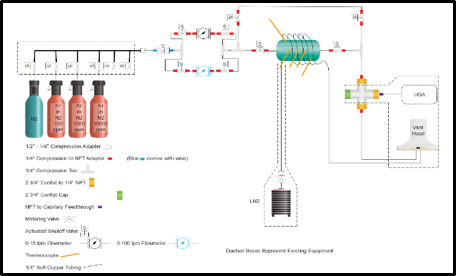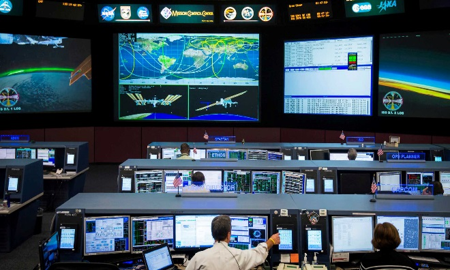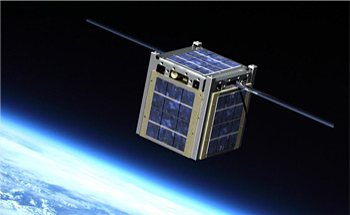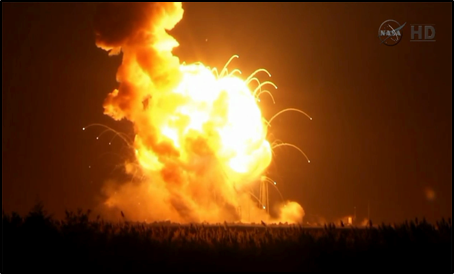Lightweight Continuous Power Generation
Unlocking Memory Metal Power Generation & Energy Conversion
PM: Scott Jensen |
Fiscal Year: 2017 |
Status: Active |
A previous CIF project entitled "Electro-Thermal Actuation Control for Unlocking
Memory Metal Power" achieved a technological breakthrough with thermal actuation
solely by Electro Fluid Acceleration. Utilizing the results of lab tests,
the goal of this project is to design, build and demonstrate a fully contained,
lightweight prototype memory metal generator. This prototype will target a 6000
RPM cyclic rate and a 1 kW electric power output.
Electro-Thermal Power Generator Prototype 1
New Process to Measure Adsorption
Radionuclide Adsorption Demonstration System
PM: Glenn Guzik |
Fiscal Year: 2017 |
Status: Completed |
The project developed a bench-top system to quantify the adsorption characteristics
of krypton on activated charcoal when the krypton is present at low concentrations
(under 1000 ppm) in a mixture with a carrier balance gas. The adsorption of krypton
is of particular interest because the element is the smallest noble gas and therefore
most difficult to separate. Krypton is anticipated to be present in the exhaust produced
by a nuclear thermal propulsion engine. The results of the project suggest that the
investigated model conservatively predicts breakthrough behavior at low temperatures
and could lead to improved adsorption modeling capabilities for future projects.
Schematic of the test system implemented by USM for nitrogen and helium balance gas flows
Guidelines for Autonomous Systems
Autonomous Operations Design Guidelines for Flight Hardware
PM: Fernando Figueroa |
Fiscal Year: 2017 |
Status: Completed |
The use of autonomy for exploration and science missions, as well as for ground operations,
is a NASA advanced capabilities requirement for travel beyond low earth orbit. It is critical
that cutting-edge software that enables thinking-autonomy must run and be certified to operate
in flight hardware/software platforms. The objective of this CIF project was to port G2 and the
NASA Platform for Autonomous Systems to a Linux operating system and a single board
computer path-to-flight hardware; then characterize the performance metrics of the software,
including storage, speed, processor, and memory usage.
Flight control room at JSC
Novel CubeSat Propulsion System
Investigation into Propellant Delivery Systems for 1000lbf CubeSat Boost Engine
PM: Jody Woods |
Fiscal Year: 2017 |
Status: Active |
Launch services for CubeSats is a new and rapidly growing market with dozens of commercial players
and millions of dollars in investment over the past few years. This project seeks to evaluate the
performance of a breadboard propellant delivery system based on a novel approach with potential to
provide better performance-to-weight, performance-to-price, reliability and reusability.
CubeSats such as Montana State's Explorer 1 can benefit from propulsion for guidence and control.
Advanced Detonation Modeling
Development of Advanced Detonation Modeling Methods for Hydrocarbon Propellants
PM: Danny Allgood |
Fiscal Year: 2017 |
Status: Active |
Ground-testing and launch of chemical rocket propulsion systems involve the potential
for high-energy explosions. The ability to predict severity of explosions and explosive
events is critical for safety & success. This project leveraged work from a CIF FY15
project to develop and validate a tool for modeling hydrogen detonation and blast wave
propagations in test facilities. This methodology will be extended and validated for
hydrogen fuels.
Blast resulting from hydrocarbon propellant during Space-X launch.
